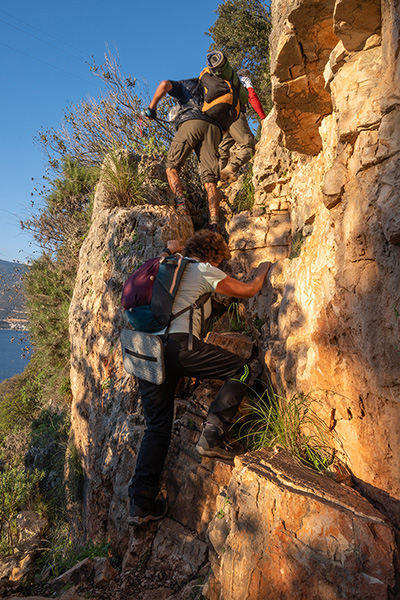
The Lycian Way in Turkey is a captivating long-distance hiking trail that offers adventurers an unforgettable journey through ancient history and breathtaking landscapes. Stretching along the Mediterranean coast, this 540-kilometer path takes trekkers through rugged terrain, picturesque villages, and remarkable archeological sites. Hiking the Lycian Way has gained popularity among outdoor enthusiasts seeking to explore the rich cultural heritage and natural beauty of southwestern Turkey.
This comprehensive guide aims to provide essential tips for those planning to embark on the Lycian Way trek. It covers crucial aspects such as the best time to walk, transportation options, safety precautions, and water availability. The article also delves into practical matters like accommodation choices, packing essentials, and the duration of the trek. Additionally, it offers insights into the cities and villages along the route, the trail’s length, starting points in Antalya and Fethiye, ancient cities to discover, and the historical context of the Lycian region.
Essential Tips for Hiking the Lycian Way Turkey
Lycia is an ancient region located in the southern part of modern-day Turkey. It encompasses the area between the Gulf of Fethiye and the Gulf of Antalya, stretching along the Mediterranean coast. This region includes parts of the provinces of Antalya and Muğla. Lycia is known for its rugged coastline, mountainous terrain, and rich historical heritage. The Lycian Way, a popular long-distance hiking trail, traverses this region, offering trekkers a chance to explore its natural beauty and ancient ruins. The area’s strategic location
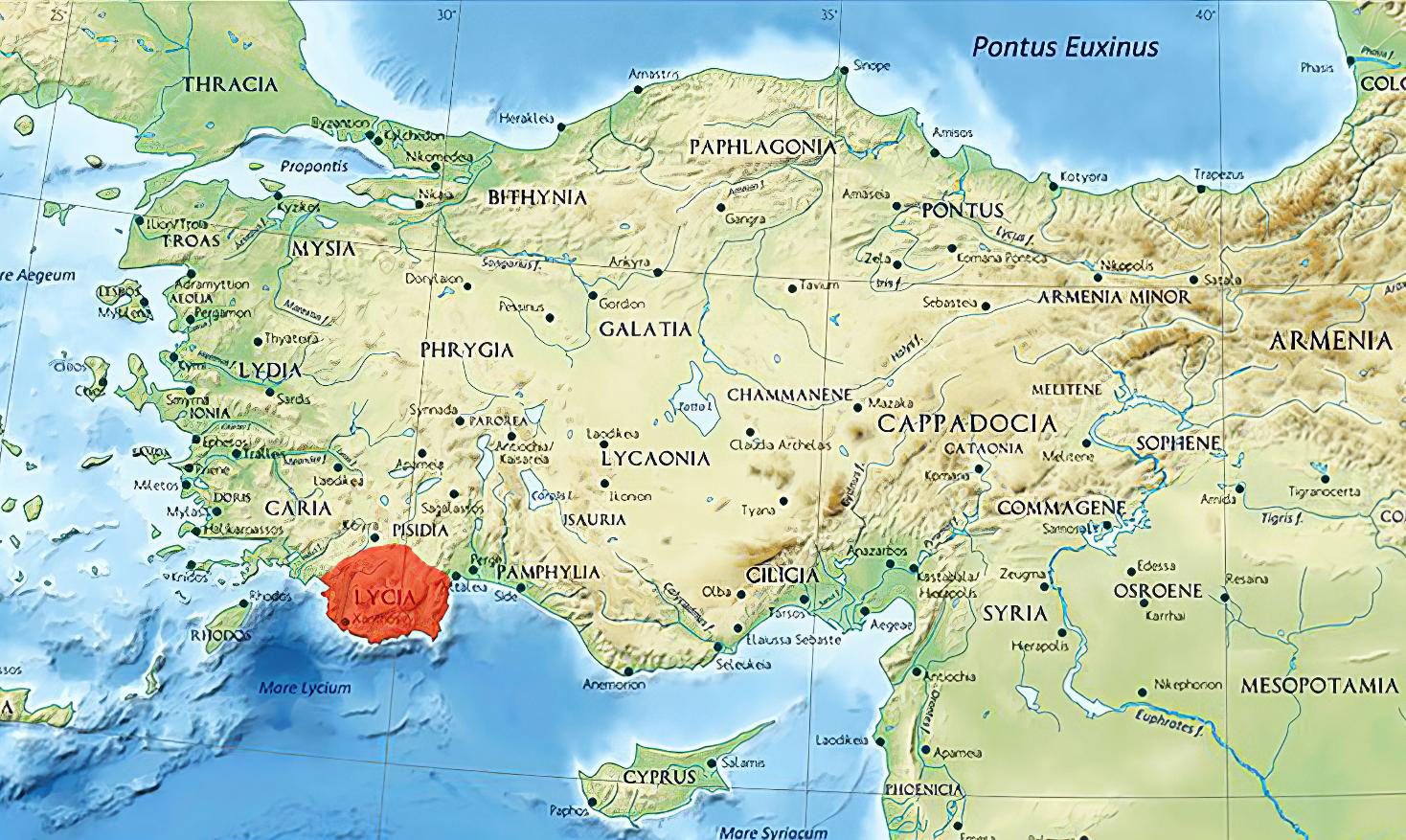
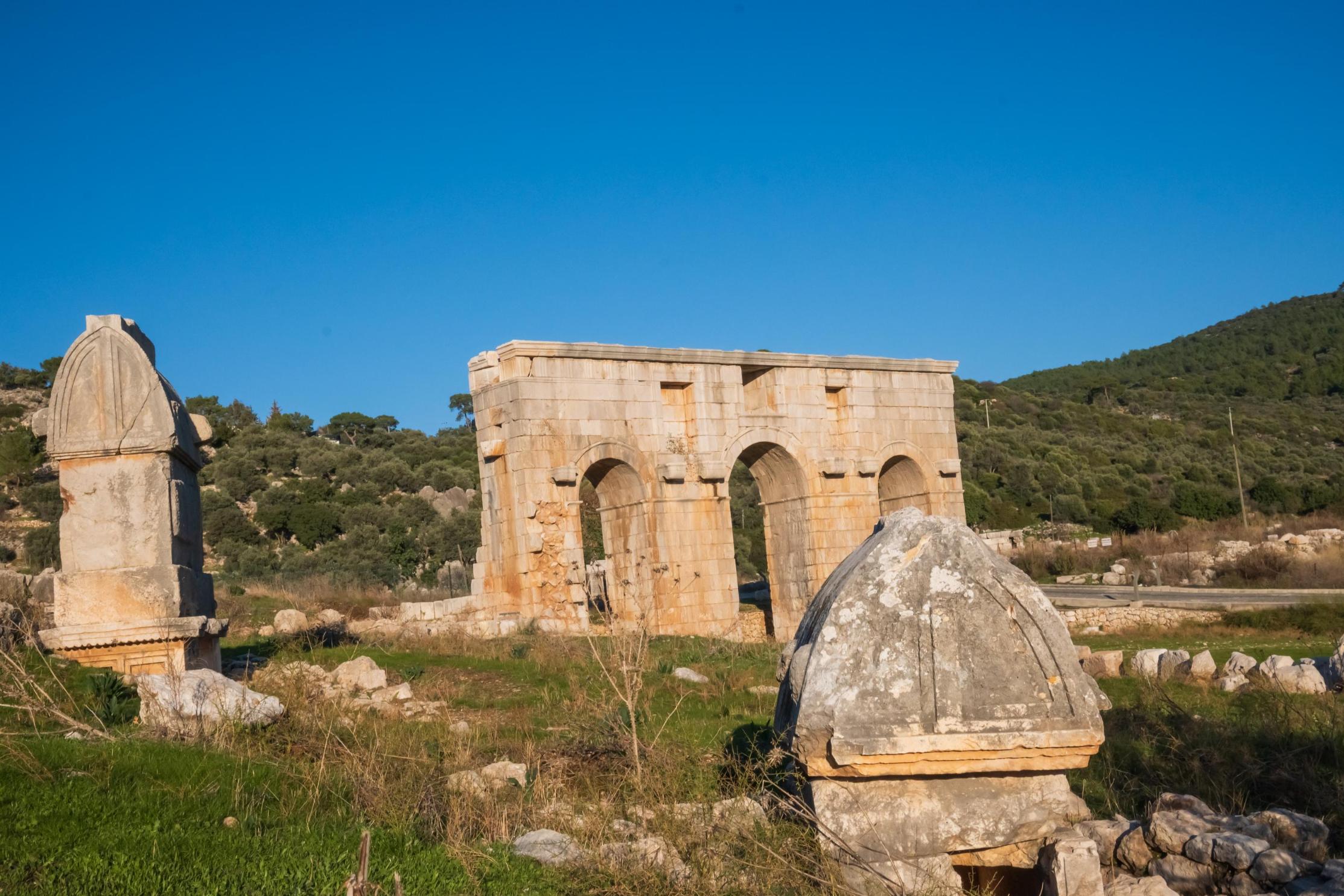
Which Ancient Cities are on the Lycian Way?
The Lycian Way passes through several ancient cities, offering hikers a journey through history. Trekkers encounter the ruins of Patara, known for its well-preserved amphitheater and lighthouse. Xanthos, a UNESCO World Heritage site, showcases impressive Lycian tombs. Letoon, Xanthos’ religious center, features temple remains. Pinara’s rock-cut tombs and theater provide a glimpse into Lycian architecture. Tlos, perched on a hilltop, boasts a castle and Roman baths. Olympos, nestled in a valley, charms visitors with its ancient structures and natural beauty. These cities allow hikers to explore Turkey’s rich archeological heritage while enjoying the scenic Lycian Way.
The Lycian Way officially begins in Ovacık, a small village near Fethiye. Hikers can reach this starting point by taking a local bus or taxi from Fethiye town center. The trail is marked with red and white painted waymarks, guiding trekkers through the picturesque landscapes of the Taurus Mountains. From Ovacık, the path winds its way through pine forests and offers stunning views of the Mediterranean Sea. Trekkers should be prepared for a challenging start, as the initial section involves steep climbs and rugged terrain.
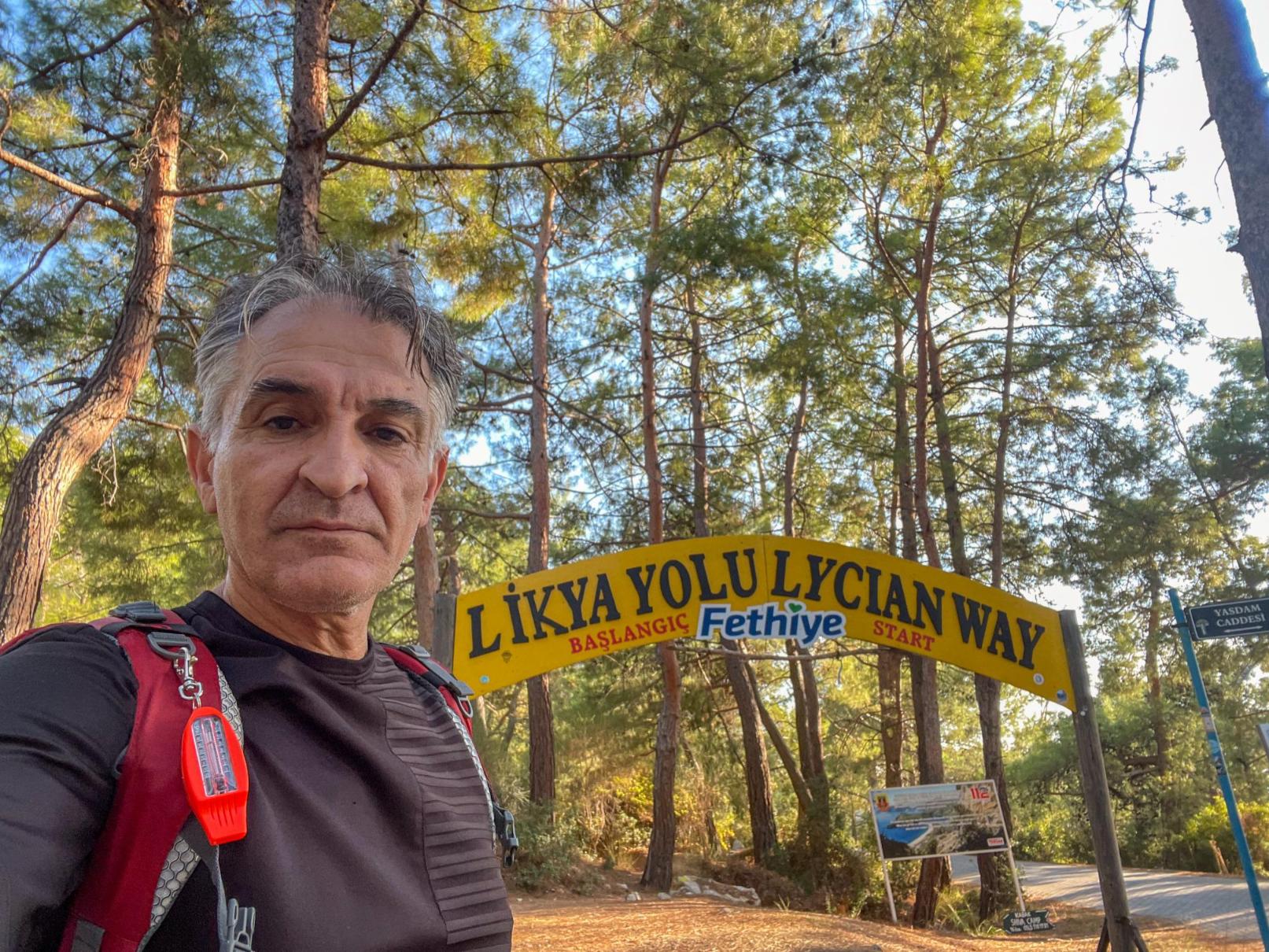
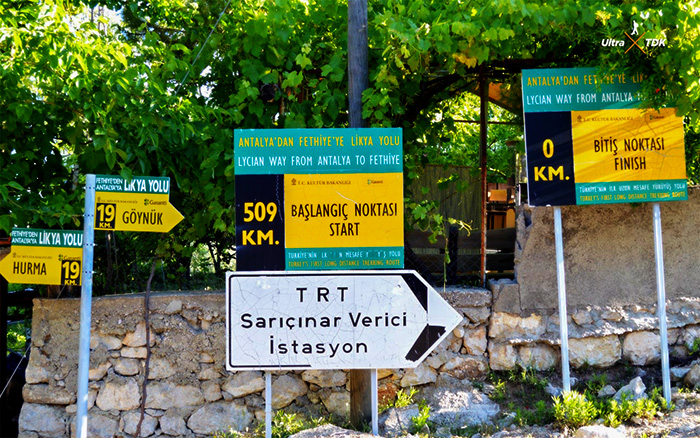
The Lycian Way officially begins in Antalya at the ancient city of Hisarçandır, located about 15 kilometers west of the city center. Hikers can reach this starting point by taking a local bus or taxi from Antalya. The trail is marked with red and white painted waymarks, guiding trekkers through the picturesque landscapes of the Taurus Mountains. From Hisarçandır, the path winds its way through pine forests and offers stunning views of the Mediterranean Sea. Hikers should be prepared for a challenging start, as the initial section involves steep climbs and rugged terrain.
The Lycian Way in Turkey stretches approximately 540 kilometers (335 miles) along the country’s southern coast. This long-distance trail offers hikers a diverse journey through ancient ruins, coastal landscapes, and rural villages. The path begins in Fethiye and concludes in Antalya, winding through the historic region of Lycia. Trekkers should note that the trail’s length can vary slightly depending on chosen routes and detours. The Lycian Way’s considerable distance allows for an immersive experience in Turkish culture and natural beauty, typically requiring several weeks to complete the entire route.
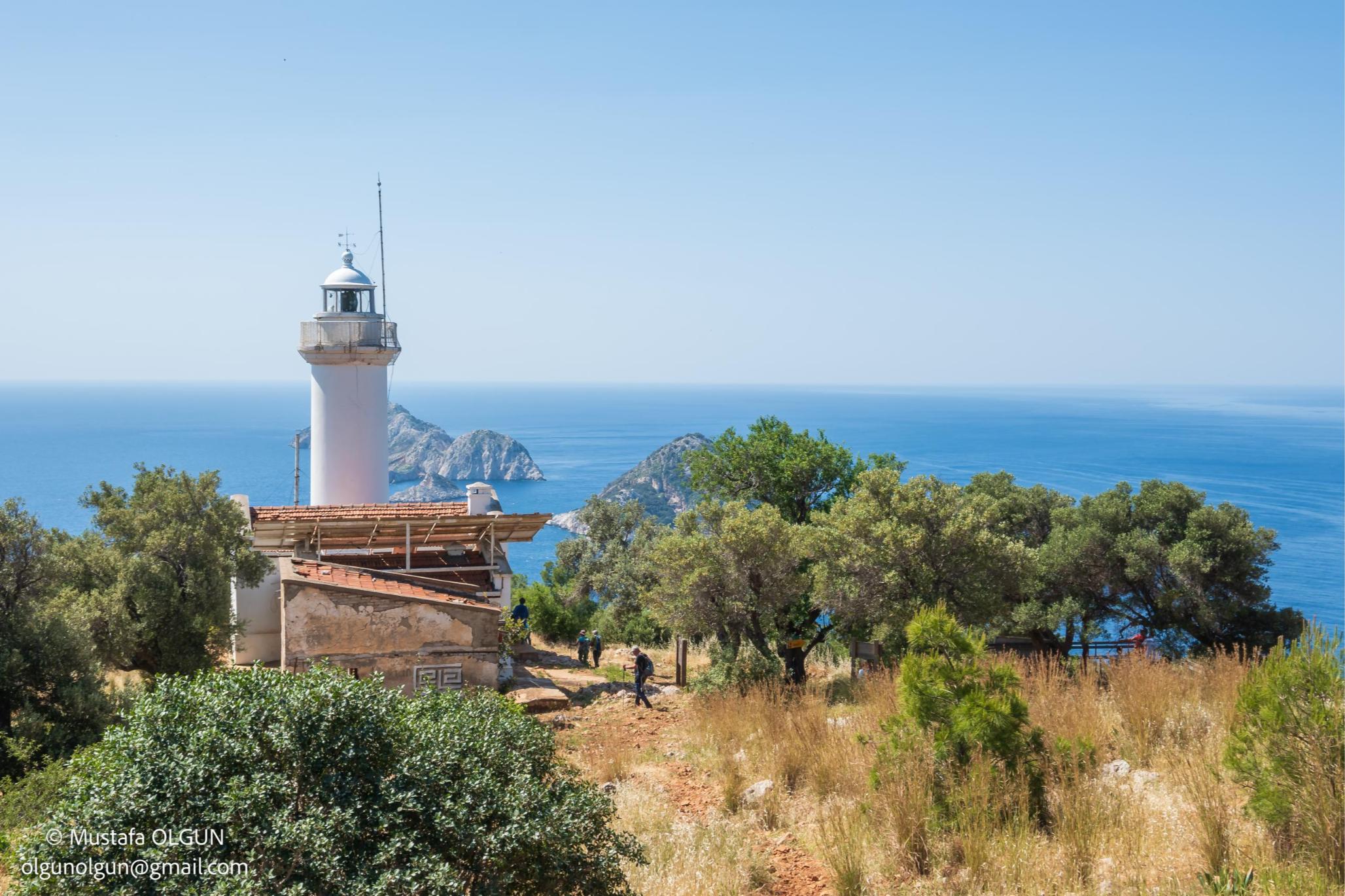
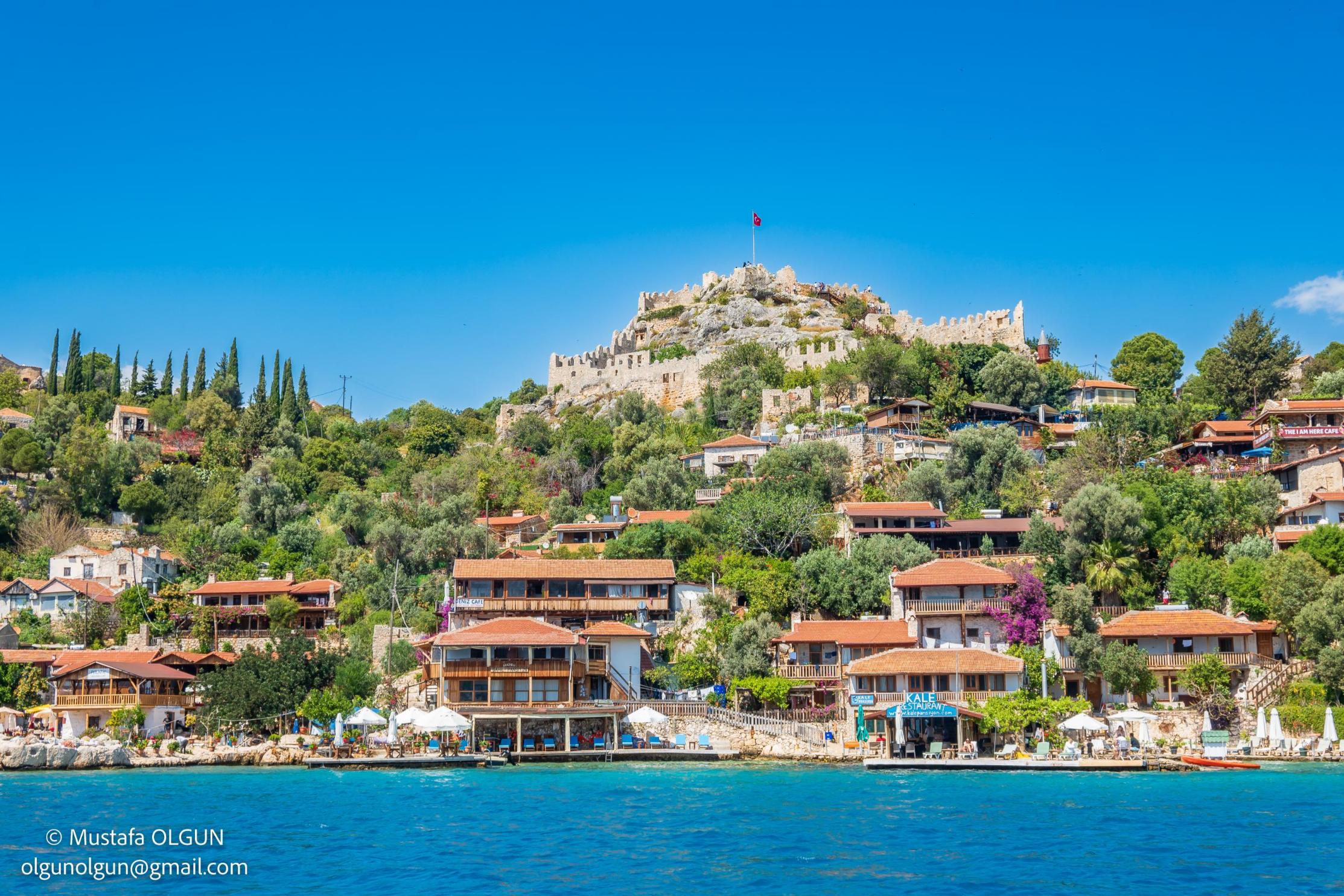
The Lycian Way passes through numerous cities and villages, offering hikers a diverse cultural experience. The trail begins in Fethiye, a bustling port town, and ends in Antalya, a major coastal city. Along the way, trekkers encounter charming villages like Ovacık, Faralya, and Kabak. The route also includes the historic town of Patara, known for its ancient ruins and beautiful beach. Other notable stops include Kalkan, a picturesque harbor town, and Kaş, a popular diving destination. The trail winds through smaller settlements, providing glimpses into rural Turkish life and stunning coastal views.
The duration to complete the Lycian Way varies depending on the hiker’s pace and chosen route. Typically, it takes 25-30 days to walk the entire 540-kilometer trail. However, some experienced hikers may finish it in 20 days, while others prefer a more leisurely pace, extending their journey to 35 days or more. Many trekkers opt to hike specific sections rather than the full route, adjusting their itinerary based on time constraints and personal preferences. The terrain’s difficulty and weather conditions can also influence the completion time. Hikers should plan their trip carefully, considering their fitness level and desired experience on the Lycian Way.
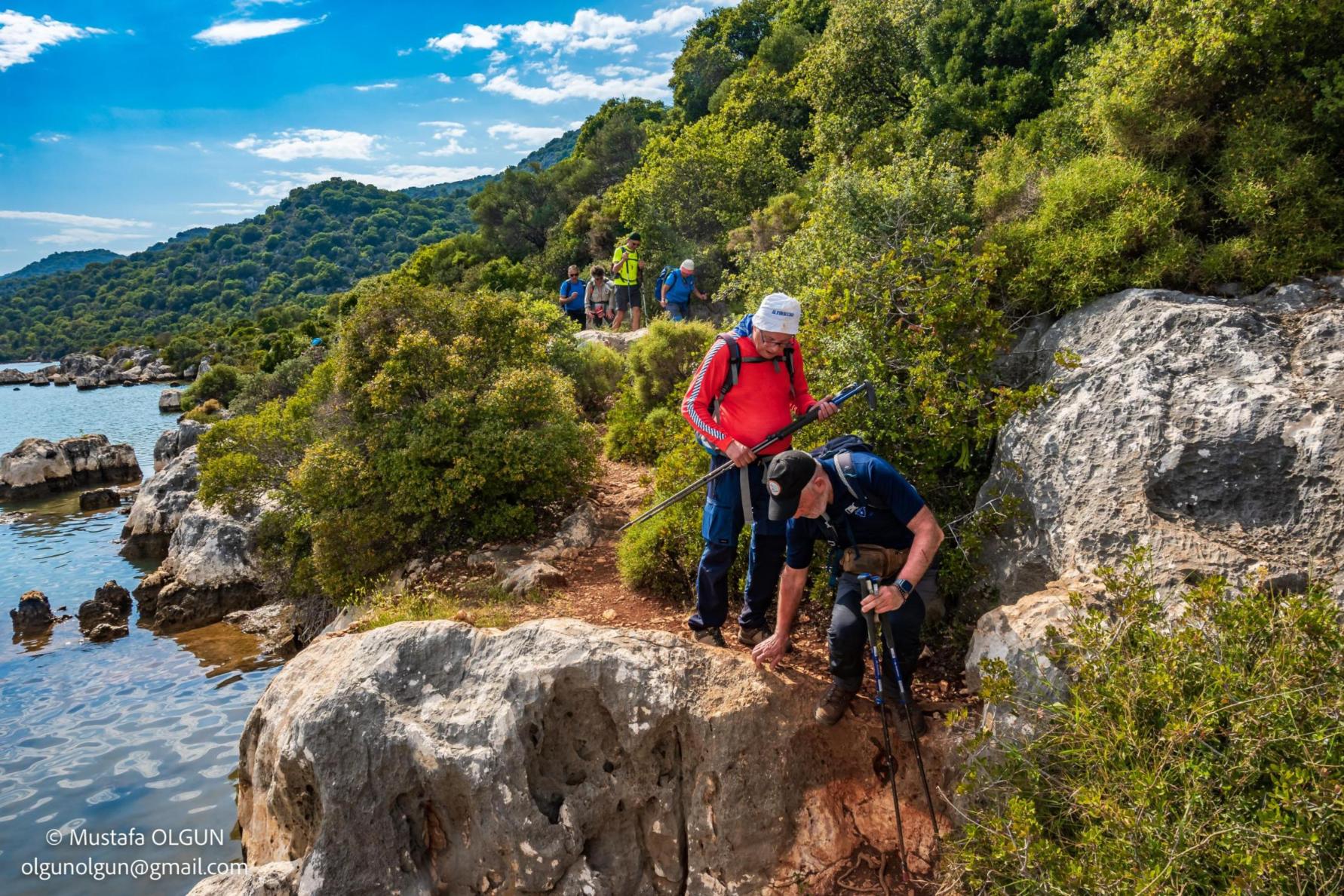
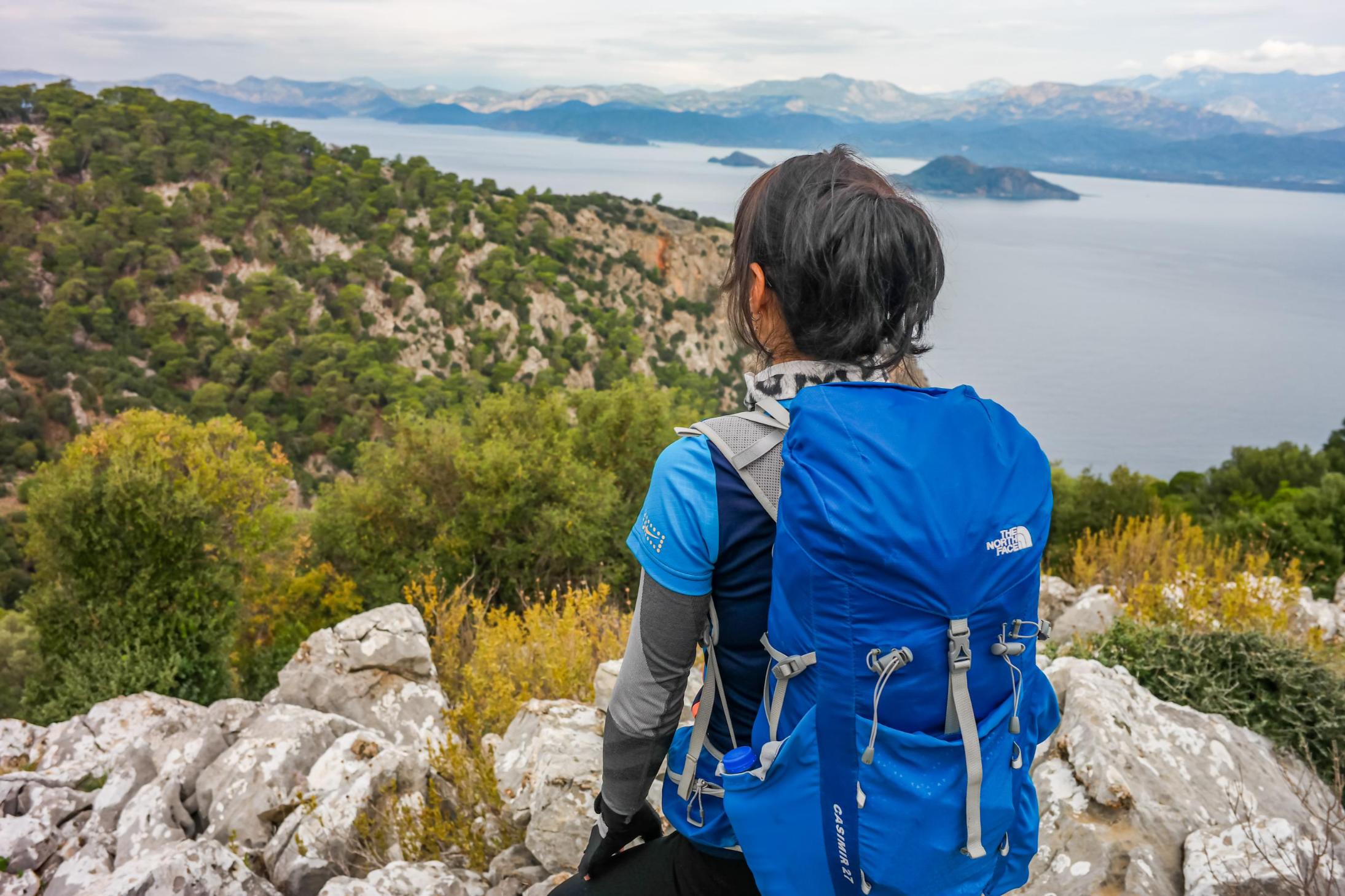
Hikers on the Lycian Way should pack essentials for their journey. A sturdy, comfortable backpack is crucial. They need to include lightweight, moisture-wicking clothing suitable for varying weather conditions. Sturdy hiking boots and extra socks are essential for foot comfort. Sun protection items like hats, sunglasses, and sunscreen are necessary. A first-aid kit, insect repellent, and any personal medications should be included. For navigation, a map, compass, and guidebook are vital. Water bottles, water purification tablets, and high-energy snacks are important for sustenance. A lightweight tent, sleeping bag, and camping stove may be needed for overnight stays.
Hikers on the Lycian Way have various accommodation options to choose from. In larger towns, they can find hotels and guesthouses offering comfortable stays. Smaller villages often provide pansiyons, which are family-run establishments offering basic amenities and local hospitality. For those seeking a more rustic experience, camping is allowed in designated areas along the trail. Some sections of the route have no formal accommodations, requiring hikers to carry camping gear. It’s advisable for trekkers to plan their accommodation in advance, especially during peak seasons. The availability and quality of lodging can vary significantly depending on the location along the Lycian Way.
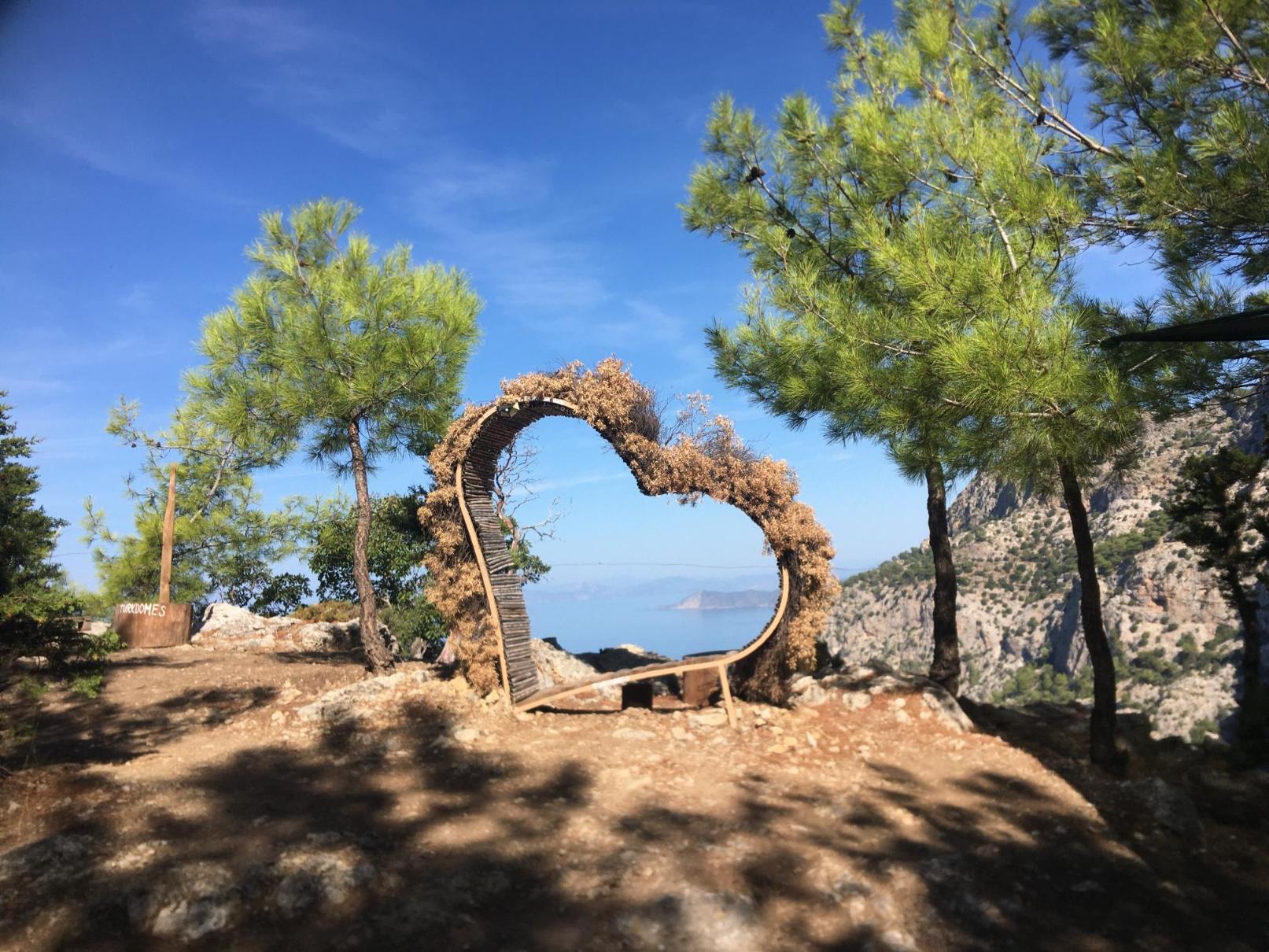
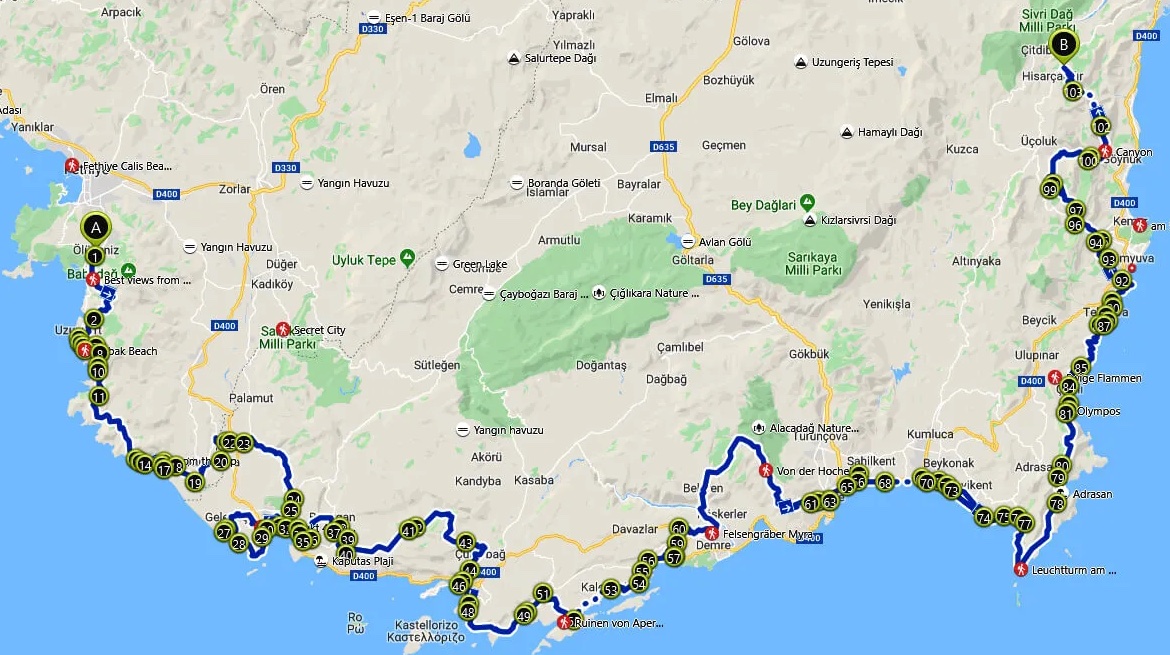
Yes, maps of the Lycian Way are available for hikers can be purchased online or in local bookstores. These resources offer detailed information about the trail, including waypoints, accommodations, and points of interest. Digital maps and GPS tracks can also be downloaded from various websites and hiking apps. However, hikers should note that relying solely on digital maps is not recommended due to potential battery issues or signal loss. Carrying a physical map as a backup is advisable for safety and navigation purposes while trekking the Lycian Way in Turkey.
The water situation on the Lycian Way requires careful planning. Hikers should carry sufficient water, as reliable sources can be scarce along the trail. Natural springs are found in some areas, but their availability varies seasonally. It’s advisable to purify water from these sources before consumption. Some villages along the route offer refill opportunities, but these are not always guaranteed. Trekkers should research water availability for each section of their journey and be prepared to carry extra supplies when necessary. During summer months, the need for water increases due to higher temperatures, making proper hydration planning crucial for a safe and enjoyable hiking experience on the Lycian Way.


Hikers on the Lycian Way should take several precautions to ensure a safe and enjoyable experience. They need to carry sufficient water and food, as supplies may be limited in remote areas. Sun protection is crucial, including sunscreen, hats, and appropriate clothing. Sturdy hiking boots are essential for navigating rocky terrain. Hikers should inform someone of their itinerary and carry a first-aid kit. It’s advisable to check weather forecasts and be prepared for sudden changes. Respecting local customs and wildlife is important. Travelers should also be aware of their physical limits and plan rest days accordingly. Carrying a map and compass is recommended for navigation.
Travelers have several options to reach the Lycian Way in Turkey. They can fly to Antalya or Dalaman airports, which are well-connected to major cities. From these airports, bus services are available to key towns along the trail. Local dolmuş (shared minibusses) provide transportation between smaller villages. For those preferring more flexibility, car rentals are offered at airports and major towns. Taxis are also an option for shorter distances. To access remote sections of the trail, hikers may need to combine different modes of transport. It’s advisable to check local schedules and book in advance, especially during peak seasons.
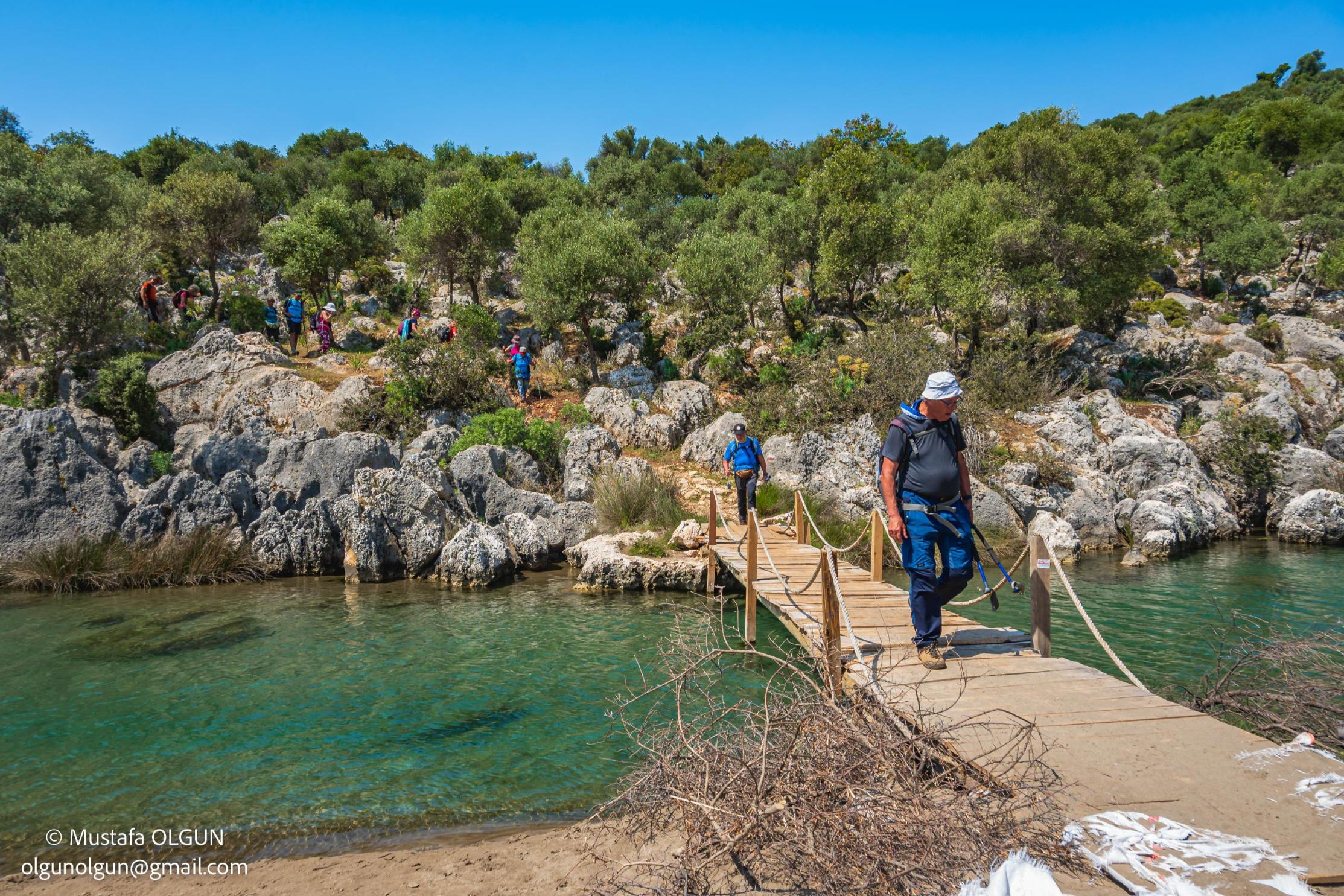
Are you searching for ideas to plan your next trek? You’re in the perfect spot! 🙂 Hiking offers a unique way to uncover hidden gems and explore new areas at your own speed.
On this page, we share some of the most useful tips and tricks to help you get ready for your next adventure.

Recent Comments